
Almost everyone has had a scar on their body at one time or another. Scar tissue appears on areas of the body that have been injured and protects the injured section. While it does protect the injured area, many patients consider scar tissue to be less than pleasing to the eye. Some scars heal naturally with few issues in fading and becoming less noticeable. Two of the most common types of scars include:
- Hypertrophic scars which are scars that are larger than normal that tend to have a lumpy appearance.
- Keloid scars are scars that become raised and spread beyond the wound due to the overgrowth of collagen.
While some scars fade and are hard to notice on the skin, other scars are not able to be completely removed after they form on the body. However, there are various forms of treatment for all types of scars to make them less noticeable in appearance. Depending on the extent of the scarring, the method of treatment might take weeks, or even months, to make a difference in the appearance of the scar. The following are some of the more common methods used for treating scars:
- Applying pressure to a scar or placing silicone sheets over it can often improve the appearance of the scar. These treatment options tend to flatten any raised scars and also make them paler.
- Surgery can be performed on some scars to remove them. It should be noted that the surgery might leave a new scar. However, the new scar might look better in appearance than the older scar.
- Laser surgery can remove the raised surfaces of keloid or hypertrophic scars.
- Skin grafts can cover scars created by burns.
- A doctor may choose to inject corticosteroids, which is a cortisone-like medicine, into the area of a raised scar. The medicine serves to reduce inflammation as well as limit the synthesis of collagen that may have been the cause of the raised scarring in the first place.
Before deciding to undergo any kind of treatment for scars on the body, patients should consult with a doctor. Some scars can be easily treated while others might be considered permanent because they are too hard to remove. Meeting with a board-certified doctor will help a person determine the proper scar treatment to undergo in order to achieve the desired results.



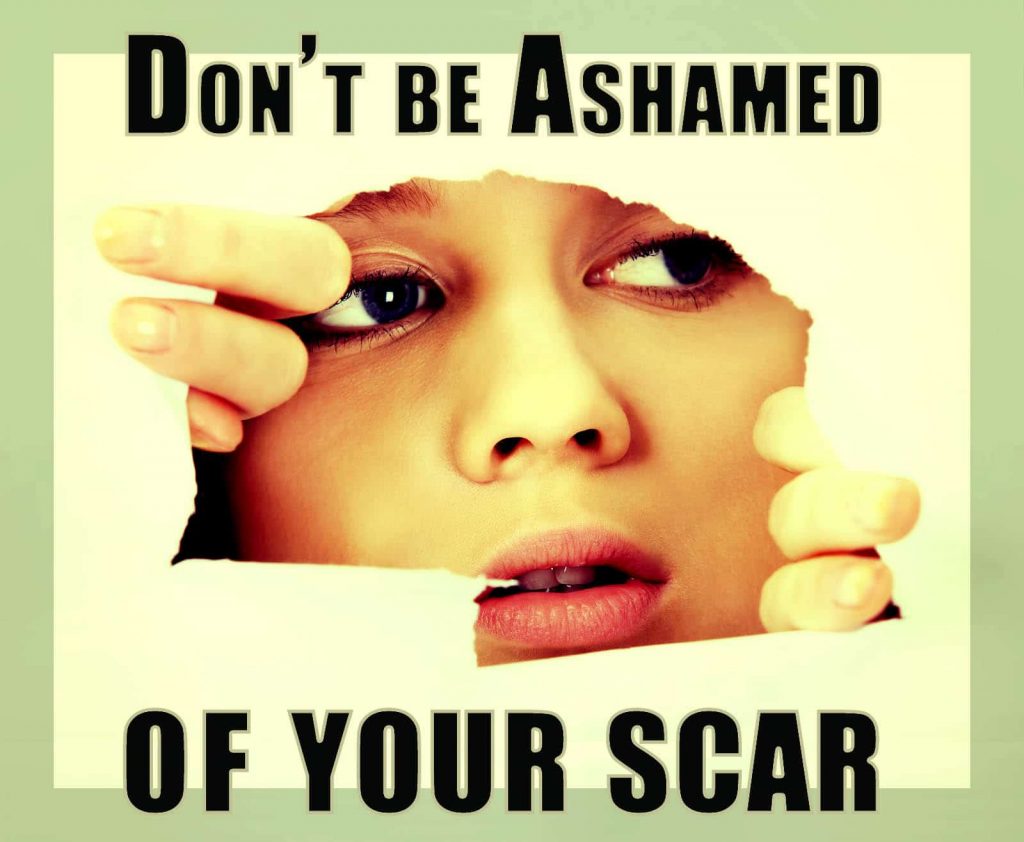
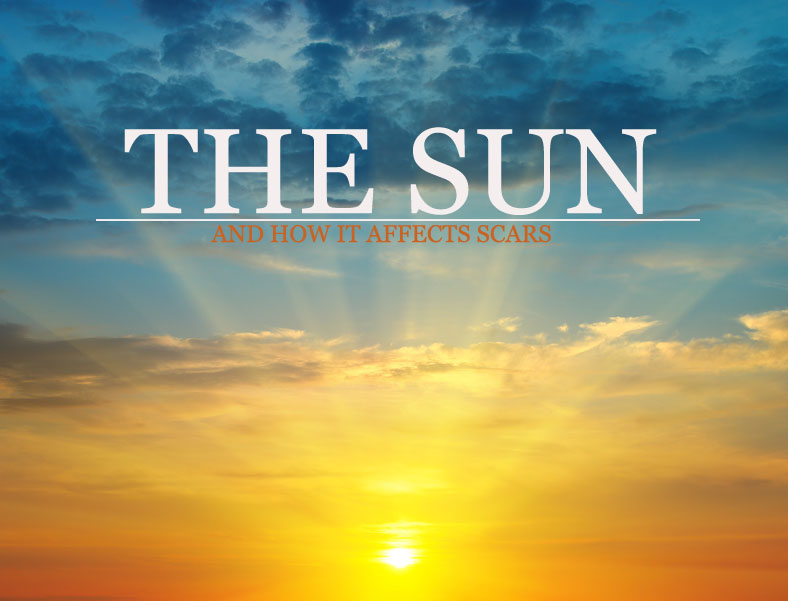

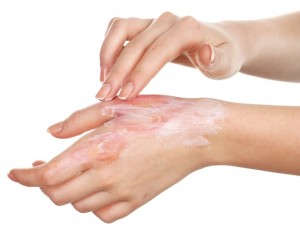 Scars on the body can be caused by a number of factors and they can result in emotional pain for a longer length of time than the actual physical pain and discomfort from the scars.
Scars on the body can be caused by a number of factors and they can result in emotional pain for a longer length of time than the actual physical pain and discomfort from the scars.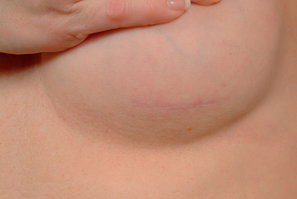 Patients who had surgery to increase their breast size, reduce their breast size or have undergone a mastectomy will normally see some scarring from the procedure. With most
Patients who had surgery to increase their breast size, reduce their breast size or have undergone a mastectomy will normally see some scarring from the procedure. With most 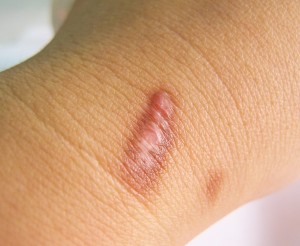 Keloid scars, like any other type of scar, is the result of an injury to the skin. It occurs when fibrous scar tissue forms excessively on the injury site. The scar is characterized as being a smooth and irregularly shaped growth. Unlike normal flat scars,
Keloid scars, like any other type of scar, is the result of an injury to the skin. It occurs when fibrous scar tissue forms excessively on the injury site. The scar is characterized as being a smooth and irregularly shaped growth. Unlike normal flat scars,  Scar tissue is a beauty concern for many people. When the natural skin has been damaged beyond its first layer, scar tissue is the tissue which replaces it. Scar tissue is the same tissue as healthy skin even though it looks different. This is because the fibers are arranged differently within the tissue.
Scar tissue is a beauty concern for many people. When the natural skin has been damaged beyond its first layer, scar tissue is the tissue which replaces it. Scar tissue is the same tissue as healthy skin even though it looks different. This is because the fibers are arranged differently within the tissue.